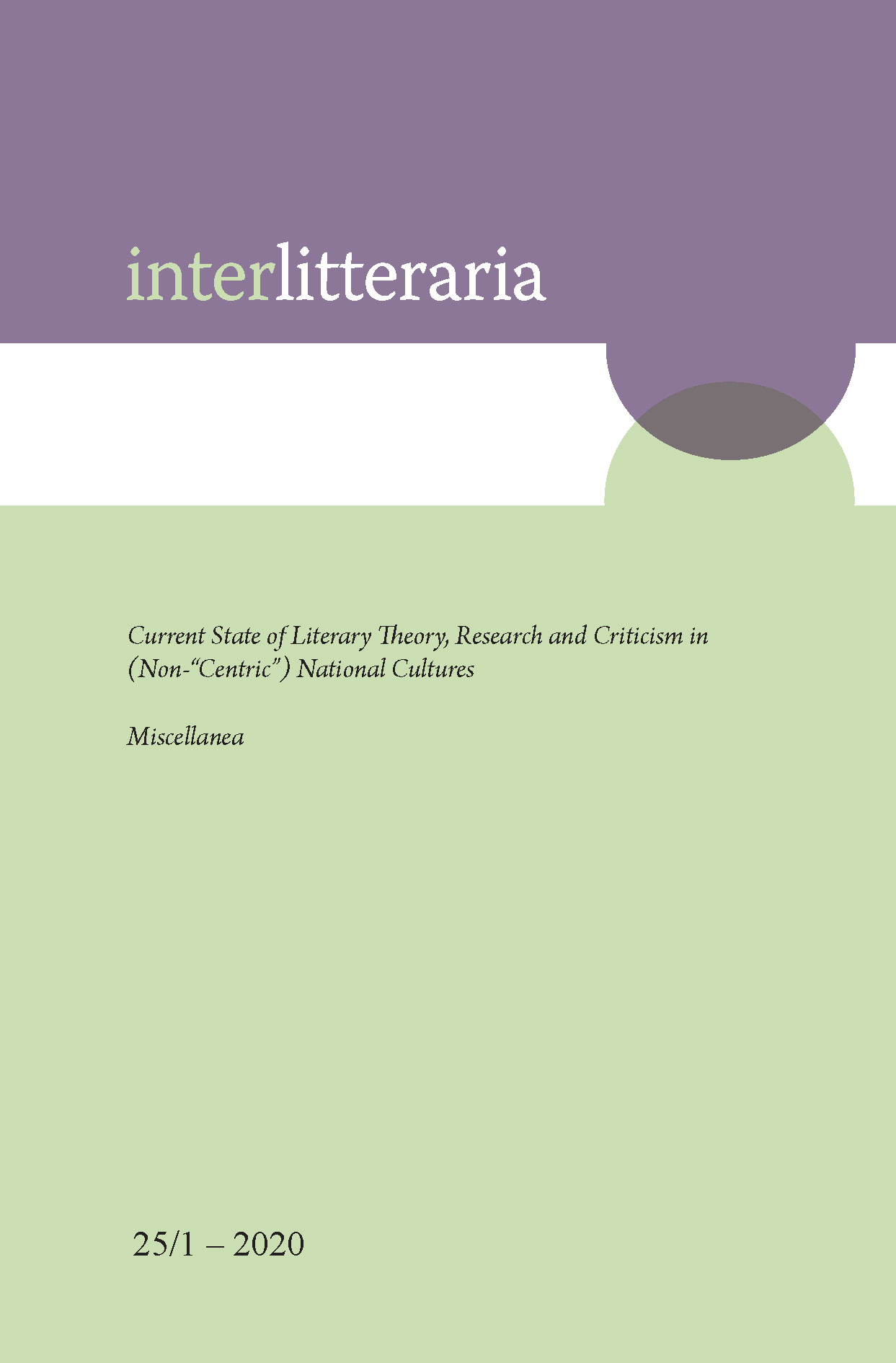Mapping Literature Through Quantitative Instruments. The Case of Current Romanian Literary Studies
DOI:
https://doi.org/10.12697/IL.2020.25.1.6Keywords:
Romanian literature, World literature, distant reading, quantitative studies, macroanalysisAbstract
Following a two-pronged line of argumentation, our article seeks to analyze and evaluate the current state of quantitative approaches applied to Romanian literature within the context and framework of one of the most prominent emergent fields of literary studies: quantitative formalism. Thus, on the one hand, the paper will attempt to present the most well-known lexicographic instruments currently used in quantitative studies in Romania (The Chronological Dictionary of the Romanian Novel from its Origins to 1989, The Chronological Dictionary of Translated Novels in Romania from its Origins to 1989, and The Bibliography of the Relations between Romanian Literature and Foreign Literatures in Periodicals 1919–1944), and, on the other, to employ the emerging methods that make use of these instruments, alongside their inherent limitations and the pragmatic issues that concern them) as a starting point for a debate on the current state of theoretical and critical approaches to the study of literature in the Romanian academic field. A selective and detailed application of the quantitative methodologies in question, as they are theorized by scholars such as Franco Moretti (“distant reading”) or Matthew L. Jockers (“macroanalysis”) will be another focal point of our paper, as it will seek to further illustrate the manner in which a meta-reflection on the approach itself can encourage the further development of quantitative methods in the study of Romanian literature.
Downloads
Downloads
Published
Issue
Section
License
The contents of Interlitteraria are published under CC BY-NC-ND licence.


